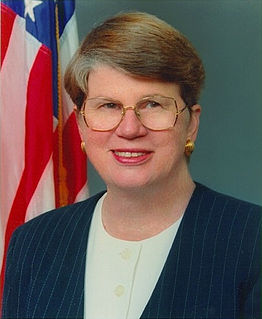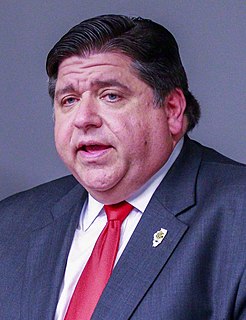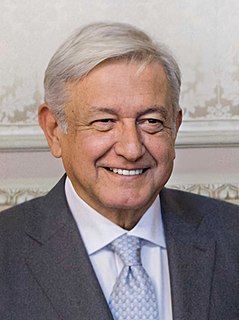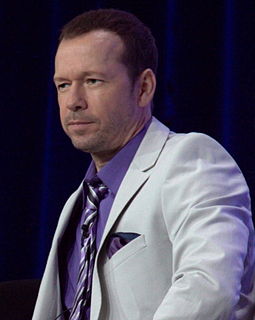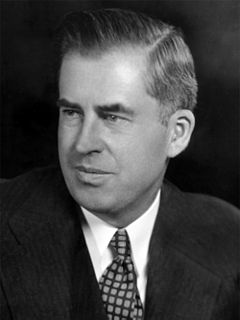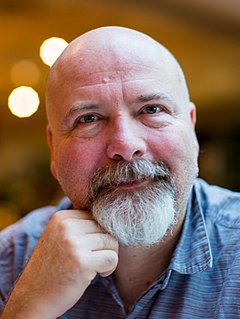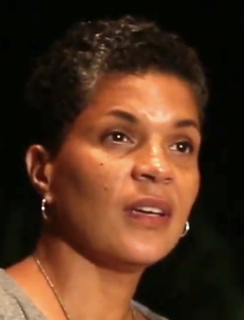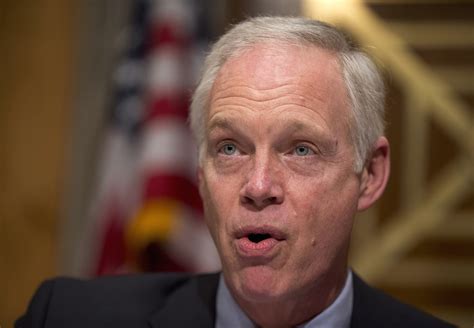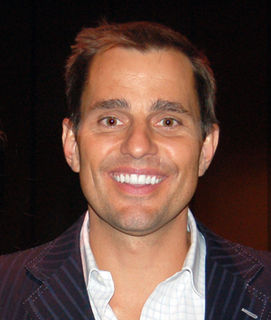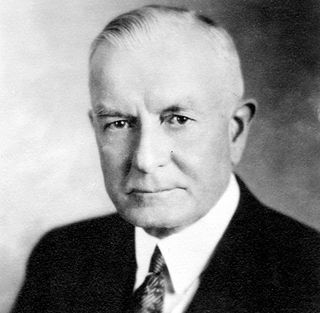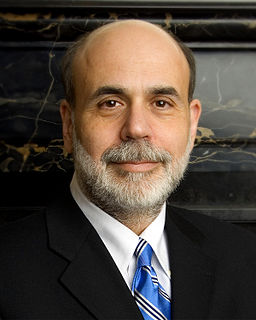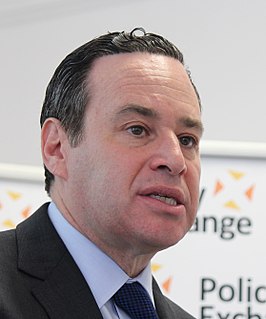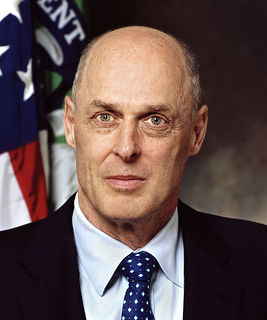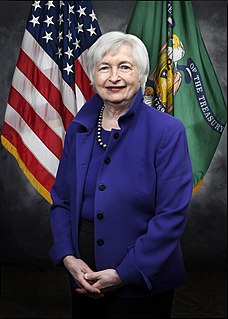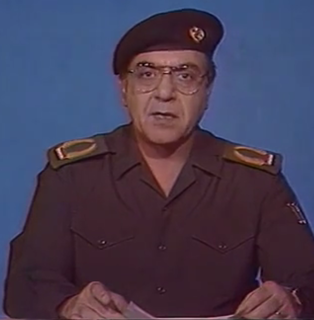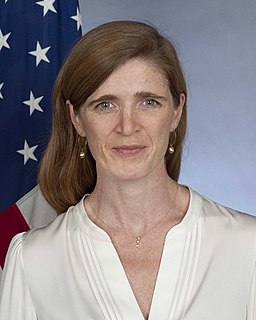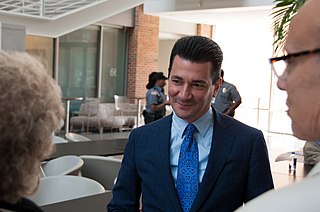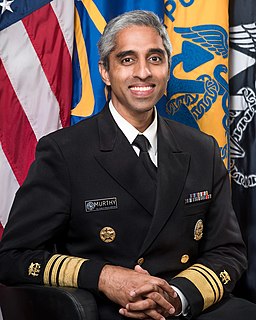A Quote by Janet Reno
We have initiated programs for re-entry offenders, since some 500,000 to 600,000 offenders will come out of prison each year for the next three or four years. We want to have positive alternatives when they come back to the community.
Related Quotes
If I wanted to connect like I do now, I'd have to write 500,000 letters, get 500,000 stamps, send them out and wait for them all to come back. This stuff is instantaneous. I can see if someone is having a bad day and send them a smiley face and have an effect on them. It's fun, but it's also a very powerful thing.
Our research shows that nearly 60% of recent offenders who engaged with a community-based alcohol programme did not go on to reoffend in the two years following treatment. Offenders given a community sentence including mental health treatment have also shown to be significantly less likely to reoffend.
I want to build a clock that ticks once a year. The century hand advances once every one hundred years, and the cuckoo comes out on the millennium. I want the cuckoo to come out every millennium for the next 10,000 years. If I hurry I should finish the clock in time to see the cuckoo come out for the first time.
Before you rip off three feet of toilet paper, consider that each year 500,000 acres of virgin boreal forest in northern Alberta and Ontario are being clear-cut to make the stuff. These forests are home to some 500 First Nation communities, as well as caribou and bears, moose and wolves, and, in the summertime, billions of songbirds.
Non-custodial sentences are certainly something to look at, more support in the community rather than within prisons is something we have to look at. There will of course still be women who need to be in prison, serious offenders, but I think there is scope to look at that number and I think that number could come down.
I think that the needs of the VA and the needs of the veteran community are very, very significant. ?e're talking about a VA system in which, in the last years a million-and-a-half more people have come into the system. You're dealing with 500,000 people have come home from Iraq an Afghanistan with PTSD and TBI. You're dealing with an older veterans population from World War II and Korea who need some difficult medical help. We want to see it be more efficient. We want to see doctors go to where they're needed.
